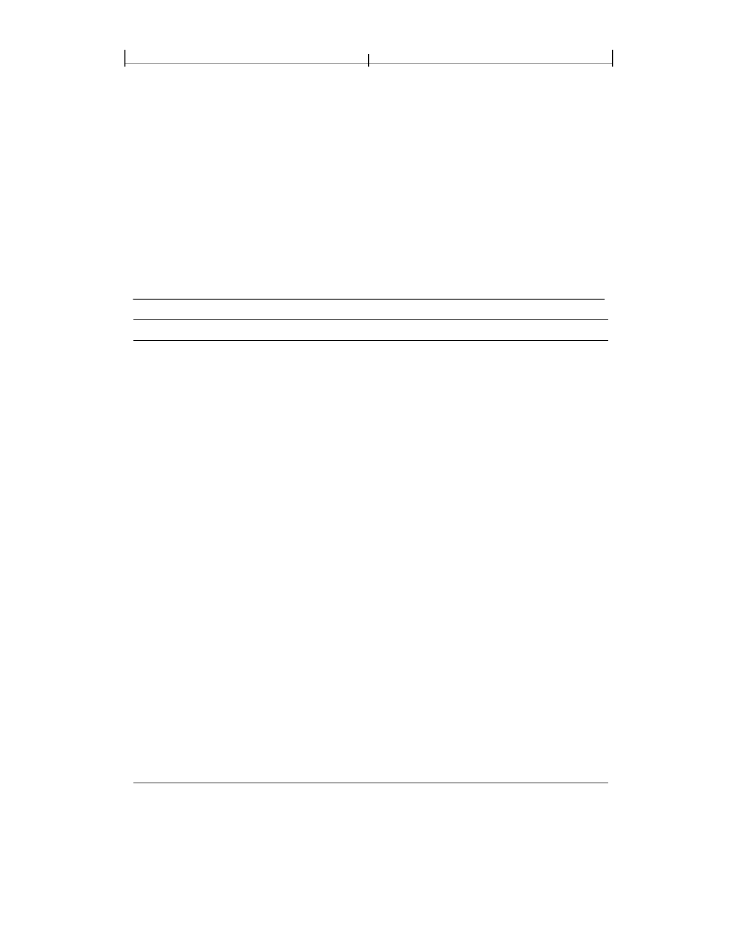
SECTION 3.8
157
Common Data Structures
3.8.1 String Types
PDF supports the string and text string types. Beginning with PDF 1.7, the string
type is further qualified as PDFDocEncoded string, ASCII string, or byte string.
The further qualification reflects the encoding used to represent the characters or
glyphs described by the string.
they are versions of the string type that represent data encoded using specific
conventions.
TABLE 3.32 String Types
TYPE
DESCRIPTION
string
For PDF 1.6 and earlier, this type is used for any string that can-
not be represented as a text string. Beginning with PDF 1.7, this
type is further qualified as ASCII string, PDFDocEncoded
string, and byte string.
Used for human-readable characters, such as text annotations,
bookmark names, article names, and document information.
These strings are encoded using either PDFDocEncoding or
UTF-16BE with a leading byte-order marker.
This type is described in “Text String Type” on page 158.
text string
PDFDocEncoded string (PDF
1.7)
Used for characters and glyphs that are represented in
a single byte, using PDFDocEncoding. This type, which reflects
a more specific encoding than the text string type, is described
in “PDFDocEncoded String Type” on page 159.
ASCII string
byte string
(PDF
1.7)
Used for characters that are represented in a single
byte using ASCII encoding.
(PDF
1.7)
Used for binary data represented as a series of 8-bit
bytes, where each byte can be any value representable in 8 bits.
The string may represent characters or glyphs but the encoding
is not known. The bytes of the string may not represent charac-
ters. This type is used for data such as MD5 hash values, signa-
ture certificates, and Web Capture identification values.
This type is described in “Byte String Type” on page 159.